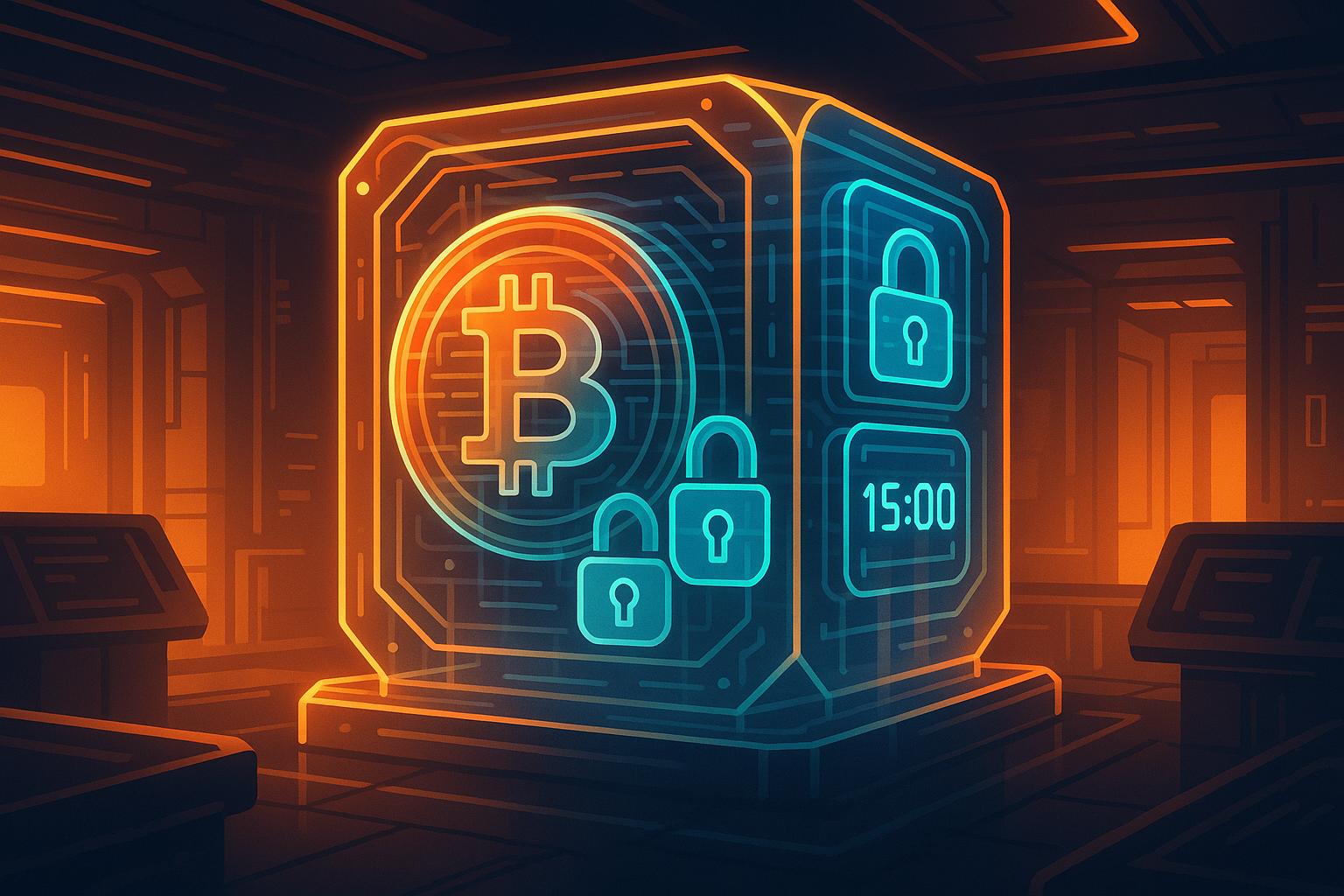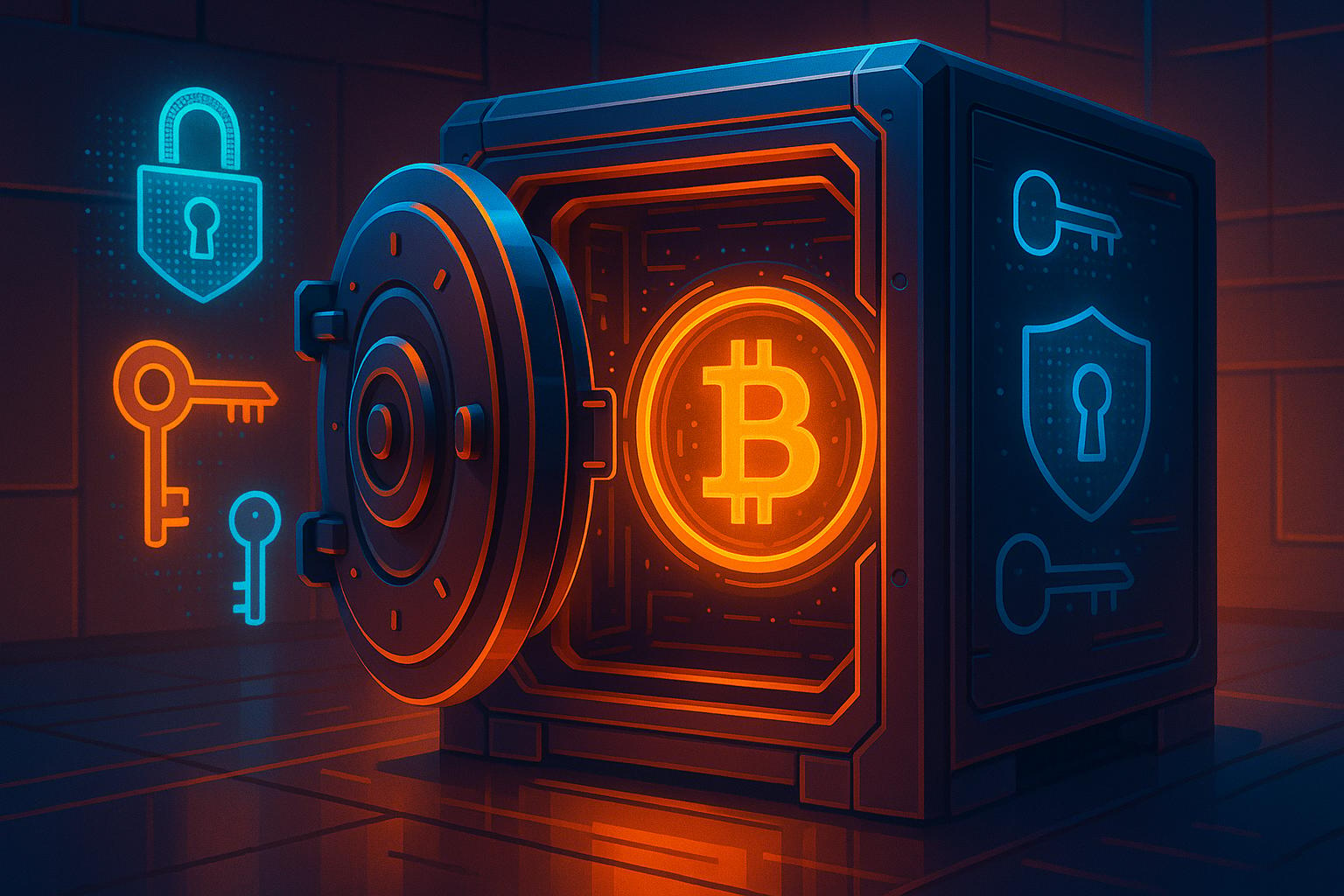Blockchain is secure, but not invincible. Malware targeting wallets and transactions is on the rise. Here’s how you can protect your digital assets:
- Key Threats: Malware exploits blockchain's decentralized and permanent nature, making real-time tracking and intervention difficult.
- Detection Challenges: Traditional tools fail to detect zero-day exploits and fast-moving transactions.
- Solutions: Use a mix of methods:
- AI-based detection for spotting new threats.
- Behavior monitoring for unusual patterns.
- Time-delayed transactions to prevent immediate losses.
- Forensic tools for post-attack analysis.
Pro Tip: Combine these methods with Layer 2 security features like multi-signature approvals and customizable delays for stronger protection.
The article dives deeper into these techniques and compares their strengths to help you choose the best defense.
Main Detection Challenges
Common Attack Methods
Blockchain threats often take advantage of the decentralized nature of systems like Bitcoin and the intricate design of Layer 2 solutions. Since Bitcoin operates without a central authority, tracking transactions for harmful activity in real time becomes a challenge. Additionally, open-source wallets can become targets if their code isn't regularly audited, leaving vulnerabilities exposed. Layer 2 solutions, while improving scalability, create additional ways to obscure unauthorized transfers.
Standard Detection Shortcomings
Traditional malware detection tools often fall short when dealing with blockchain-specific threats. The decentralized consensus process can delay the identification and response to these threats. Once a transaction is confirmed, its permanent nature leaves security teams with very few options for intervention. To address these challenges, more tailored detection methods are necessary, as outlined in the next section.
Blockchain security for ransomware detection - ArXiv ...
Detection Methods
To tackle the unique challenges in detecting threats on blockchain systems, four key methods are commonly assessed: signature detection, behavior monitoring, AI-based detection, and forensic analysis tools. Let's break them down.
Signature Detection
Signature detection relies on pattern matching within databases of known threats. While it works well for spotting established malware, it struggles with blockchain's fast-moving transactions and ever-changing attack strategies. This method is particularly weak against zero-day exploits that target wallet vulnerabilities.
Behavior Monitoring
This method focuses on tracking activities like transaction patterns, API calls, and network communications to detect unusual behavior. Non-custodial wallets often use this approach to identify suspicious transfer patterns or potential breaches. While it offers real-time threat detection, it requires substantial computational power to operate effectively.
AI-Based Detection
Machine learning models trained on blockchain data analyze transaction flows, smart contract interactions, and wallet behaviors to identify irregularities. These systems are adept at recognizing new and emerging threats. However, they can occasionally flag legitimate high-value transactions as suspicious, leading to false positives.
Forensics and Analysis Tools
Forensic tools are used to investigate blockchain transactions and wallet logs after a security breach. Tools like BlockSeer can trace transaction paths and pinpoint clusters of malicious wallets. While this method is valuable for understanding and preventing future threats, it cannot intervene during an ongoing attack.
sbb-itb-c977069
Real-Time Protection Systems
Once breach investigation tools identify past attacks, the focus shifts to active defense. This involves continuous monitoring to detect and stop threats as they occur.
24/7 Monitoring
Blockchain security today depends on automated systems that operate around the clock. These systems are designed to spot and counter threats without needing human input. By analyzing transaction patterns in real time, they can flag potential malware activity. For instance, BitVault uses customizable transaction delays - ranging from a few hours to several days - giving the system time to identify and respond to threats effectively [1].
Now, let’s look at how Layer 2 networks contribute to these defenses.
Layer 2 Security Features
Layer 2 solutions add extra layers of protection while keeping the network efficient. Technologies like the Lightning Network and Liquid Network have bolstered the security framework significantly.
BitVault’s wallet architecture integrates these Layer 2 technologies to provide advanced security through:
- M-of-N signature requirements, which utilize behavior monitoring to detect suspicious activity
- Time-delayed transactions, combined with AI-driven threat detection
- Unified security that spans Bitcoin, Lightning, and Liquid networks
These features work together to create a multi-layered defense system capable of handling sophisticated malware threats.
[1] Source: BitVault website, accessed October 2024
Detection Method Comparison
Compare these methods to match detection capabilities with your security goals.
Different malware detection methods perform differently in blockchain environments. Knowing their strengths helps organizations choose the right protection strategy.
Detection Method Overview
Detection methods vary in speed, accuracy, resource use, and maintenance. Here's a breakdown of key approaches:
- Signature-based techniques: Fast and resource-efficient but limited to spotting known threats. They can't detect zero-day exploits.
- Behavioral monitoring: Identifies a broader range of suspicious activities but may produce more false positives. Moderate resource usage and careful tuning are needed to minimize errors.
- AI/ML-based systems: Highly accurate when well-trained but require significant CPU/GPU resources and frequent retraining to stay effective.
- Forensic analysis: Provides detailed post-event insights but is resource-intensive and time-consuming.
Time-delayed transactions can add a safety buffer, allowing for analysis before finalizing transfers. When combined with AI monitoring, this approach can block unauthorized transfers during the delay.
Layer 2 solutions improve accuracy by correlating signals across layers, reduce false positives through cross-layer analysis, and speed up responses with distributed detection nodes.
Conclusion
To strengthen defenses against blockchain malware, it's crucial to use a multi-faceted approach. This means combining tools like signature matching, behavioral monitoring, AI-based analysis, forensic techniques, and time-delayed transactions. Together, these methods help detect and block threats more effectively.
By merging traditional and modern detection techniques, you can create a stronger shield to safeguard digital assets within blockchain networks.
Security Best Practices
- Regularly update signature databases and AI models, and implement time-delayed transactions to prevent unauthorized transfers.
- Use open-source, non-custodial solutions to ensure greater transparency.
- Enhance security by integrating with Layer 2 protocols such as Liquid and Lightning Network.




